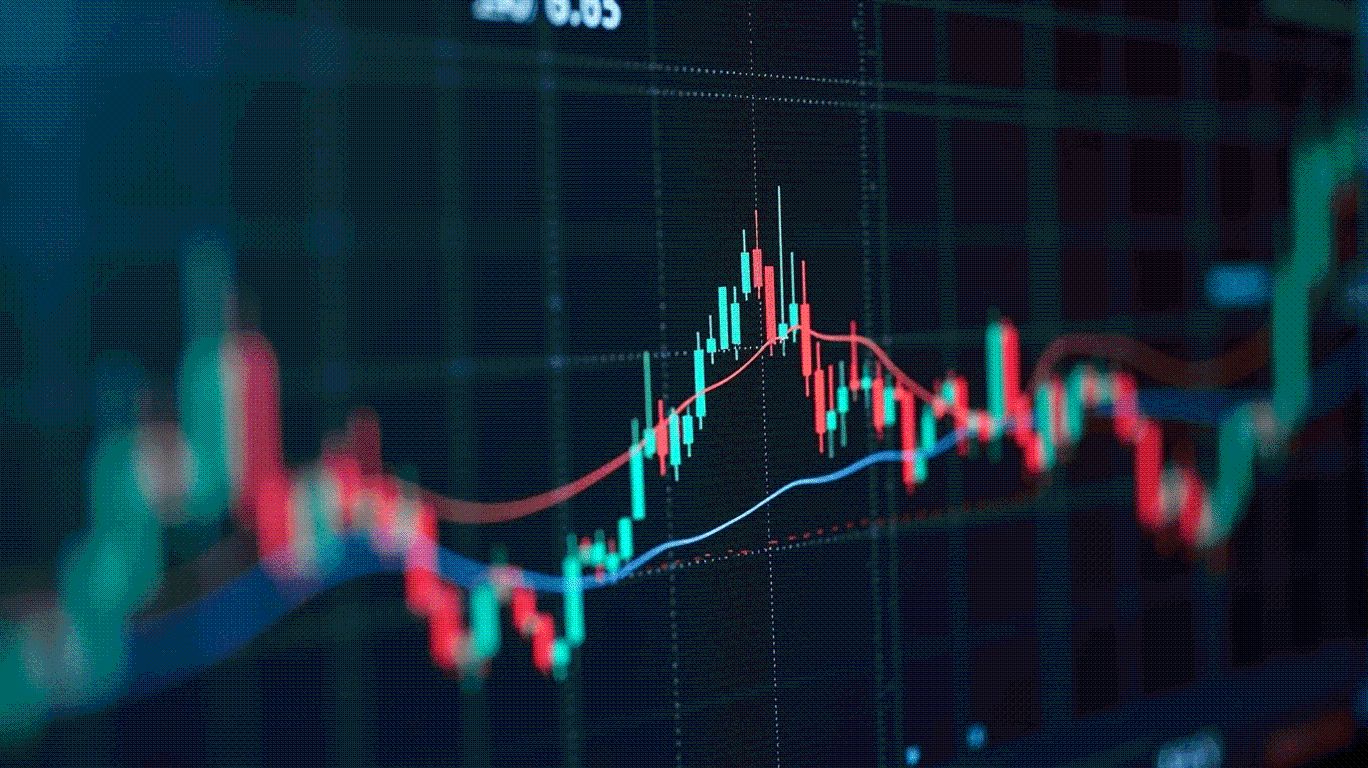XRPI and the Future of Institutional Crypto Exposure: How Decentralized Real Estate Valuation is Reshaping Risk Management
- XRP ETF (XRPI) bridges institutional crypto exposure with decentralized real estate tokenization via XRP Ledger (XRPL). - Institutions like MUFG tokenize ¥100B assets using XRPL's compliance tools, boosting market trust. - XRPL's XLS-30 amendment and cross-chain bridges enhance liquidity and risk management for tokenized real estate. - Regulatory shifts, like XRP's 2025 reclassification, drive $16T tokenized real estate market growth by 2030.
In 2025, the intersection of decentralized real estate valuation and institutional crypto exposure is undergoing a seismic shift. At the center of this transformation is the XRP ETF (XRPI), a financial instrument that not only tracks XRP but also reflects the broader evolution of blockchain infrastructure into a cornerstone of institutional-grade real estate tokenization. As decentralized valuation metrics gain traction, institutions are redefining their risk management strategies to align with the speed, transparency, and compliance advantages of blockchain-based systems.
The XRP Ledger: A New Infrastructure for Real Estate Tokenization
The XRP Ledger (XRPL) has emerged as a critical enabler of decentralized real estate valuation, offering a unique blend of speed, cost efficiency, and regulatory compliance. By 2025, XRPL's validator network has expanded to over 70 nodes, significantly enhancing its decentralization and security. This infrastructure supports real estate tokenization platforms like Dubai's government-backed RICH token project, which has already recorded a 44% year-over-year increase in tokenized property sales. The XRP Ledger's ability to process transactions in 3–5 seconds at a cost of $0.0002 per transaction makes it ideal for high-volume real estate markets, where liquidity and settlement efficiency are paramount.
Institutional players are taking notice. Japanese banking giant MUFG recently announced plans to tokenize a ¥100 billion Osaka skyscraper using XRPL, leveraging its compliance tools such as Authorized Trust Lines and Clawback functions to meet jurisdictional requirements. These developments underscore a growing institutional trust in blockchain infrastructure to manage complex real estate assets with precision and transparency.
XRPI: Bridging Institutional Exposure and Decentralized Governance
The XRP ETF (XRPI), launched in May 2025, exemplifies how institutional investors are adapting to this new paradigm. Unlike traditional crypto ETFs, XRPI operates through a futures-based structure, avoiding direct token custody and mitigating risks associated with digital asset storage. This approach aligns with institutional risk management frameworks, which prioritize regulatory compliance and operational efficiency.
XRPI's 0.94% expense ratio and 1.37x beta position it as a cost-effective and liquid vehicle for accessing XRP, which is increasingly used in real estate tokenization. The fund's governance model, underpinned by Ripple's XAO DAO and a 1 billion XRP ecosystem fund, has attracted $7.1 billion in institutional confidence by Q2 2025. This confidence is not just in XRP but in the broader shift toward decentralized governance models that prioritize transparency and community-driven decision-making.
Decentralized Valuation Metrics and Risk Mitigation
Decentralized real estate valuation metrics are reshaping how institutions assess and manage risk. Traditional real estate valuation relies on opaque, centralized appraisals, whereas blockchain-based systems enable real-time, transparent data. For example, AI-driven models integrated with blockchain oracles now provide dynamic property appraisals and risk scoring, reducing reliance on static, human-driven assessments.
XRPL's XLS-30 amendment, which introduced native Automated Market Makers (AMMs), has further enhanced liquidity for tokenized real estate. This innovation allows properties to be traded on decentralized exchanges (DEXs) with minimal slippage, a critical factor for institutions seeking to manage exposure in volatile markets. Additionally, cross-chain bridges connecting XRPL with Ethereum have enabled hybrid platforms that combine the strengths of multiple ecosystems, offering diversified risk profiles.
Strategic Implications for Institutional Investors
For institutions, the integration of decentralized real estate valuation metrics into risk management strategies offers several advantages:
1. Enhanced Liquidity: Tokenized real estate on XRPL can be traded 24/7, reducing the illiquidity traditionally associated with physical property.
2. Regulatory Compliance: XRPL's compliance tools, such as freeze and clawback functions, enable institutions to enforce investor restrictions and meet KYC/AML requirements.
3. Cost Efficiency: Low transaction fees and rapid settlement times reduce operational costs, making tokenized real estate more competitive with traditional assets.
However, challenges remain. The XRP Ledger's relatively smaller validator network (186 active nodes) compared to Bitcoin's 23,000 raises concerns about centralization. Ripple's proactive measures, including expanding validator diversity and addressing supply chain vulnerabilities, are critical to maintaining institutional trust.
Investment Outlook and Recommendations
As the tokenized real estate market is projected to reach $16 trillion by 2030, XRPI represents a strategic entry point for institutions seeking exposure to this growth. Investors should consider the following:
- Diversification: Allocate a portion of crypto portfolios to XRPI to balance exposure between high-growth blockchain infrastructure and traditional assets.
- Risk Hedging: Use XRPI's futures-based structure to hedge against XRP's volatility while maintaining access to real estate tokenization opportunities.
- Long-Term Positioning: Monitor regulatory developments, such as the U.S. SEC's August 2025 reclassification of XRP as a digital commodity, which has already spurred $1.2 billion in assets under management for the ProShares XRP ETF.
Conclusion
The convergence of decentralized real estate valuation metrics and institutional crypto exposure is redefining risk management in the digital age. XRPI, as a bridge between institutional finance and blockchain innovation, exemplifies this shift. By leveraging the XRP Ledger's infrastructure, institutions can access a new asset class that combines the transparency of blockchain with the stability of real estate. As macroeconomic and regulatory tailwinds continue to support this evolution, investors who embrace these tools today may find themselves well-positioned for tomorrow's decentralized financial landscape.
Disclaimer: The content of this article solely reflects the author's opinion and does not represent the platform in any capacity. This article is not intended to serve as a reference for making investment decisions.
You may also like
Cardano's Governance Evolution: A Framework for Assessing Long-Term Value and Price Stability
- Cardano (ADA) strengthens governance with a three-tiered system requiring consensus from DReps, SPOs, and the Constitutional Committee, enhancing decentralization and stakeholder alignment. - U.S. regulatory recognition as a "mature blockchain" and commodity in 2025 boosted institutional trust, driving ADA into a $1.2B reserve and raising Grayscale ETF approval odds to 83%. - Governance-driven capital reinvestment accelerated Hydra scaling (100k TPS) and expanded stake pools to 1,200, positioning ADA to

The Legal Divide: How Jurisdictional Frameworks Shape Shiba Inu's Price and Institutional Trust
- Shiba Inu's 2025 price volatility highlights how legal frameworks shape crypto valuations and investor trust. - Common law jurisdictions (US/UK) face regulatory fragmentation, while civil law systems (Quebec/Germany) enforce structured transparency via codified disclosure rules. - Civil law regimes attract 40% more institutional capital by reducing information asymmetry through mandatory beneficial ownership registration and MiCA alignment. - Strategic investors prioritize civil law markets for stability

Solana vs. MAGACOIN Finance: A High-Stakes ROI Showdown in 2025
- Solana (SOL) and MAGACOIN Finance represent contrasting 2025 crypto strategies: institutional stability vs speculative presale growth. - Solana attracts $176M inflows with institutional backing, showing $195–$500+ price projections and 2022–2024 recovery resilience. - MAGACOIN Finance offers 50x–25,000% ROI potential via presale bonuses, 12% burn rate, and $1.4B whale funding but lacks historical downturn data. - Solana rewards long-term patience with 15–30% annualized returns, while MAGACOIN Finance dem

The Rise of Stablecoin-Driven Cross-Border Payments: How Circle and Finastra Are Reshaping the Financial Infrastructure Landscape
- Circle and Finastra integrate USDC into GPP platform, enabling instant cross-border settlements bypassing traditional banking networks. - USDC reduces intermediary costs by 70% and accelerates transactions from days to seconds, with $5 trillion daily processing potential. - Regulated frameworks like MiCA and GENIUS Act validate USDC's compliance, positioning it to capture $320B cross-border payments market by 2030. - Strategic partnerships with Mastercard and early adopters demonstrate scalable tokenized
